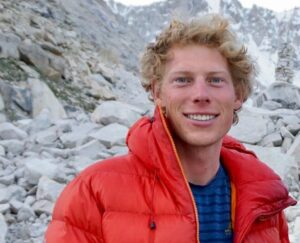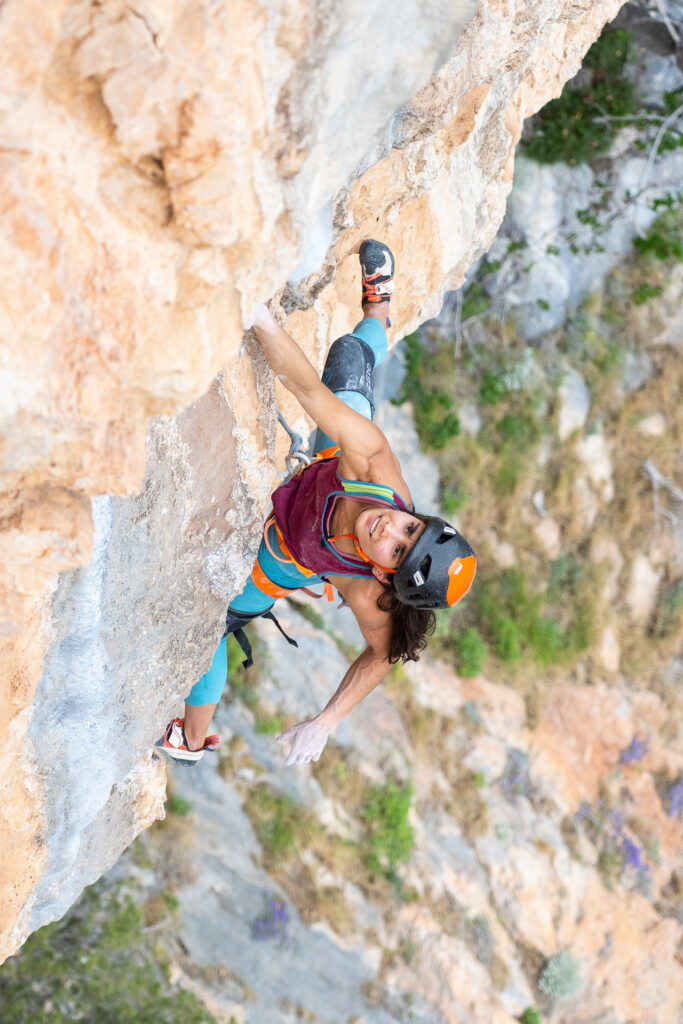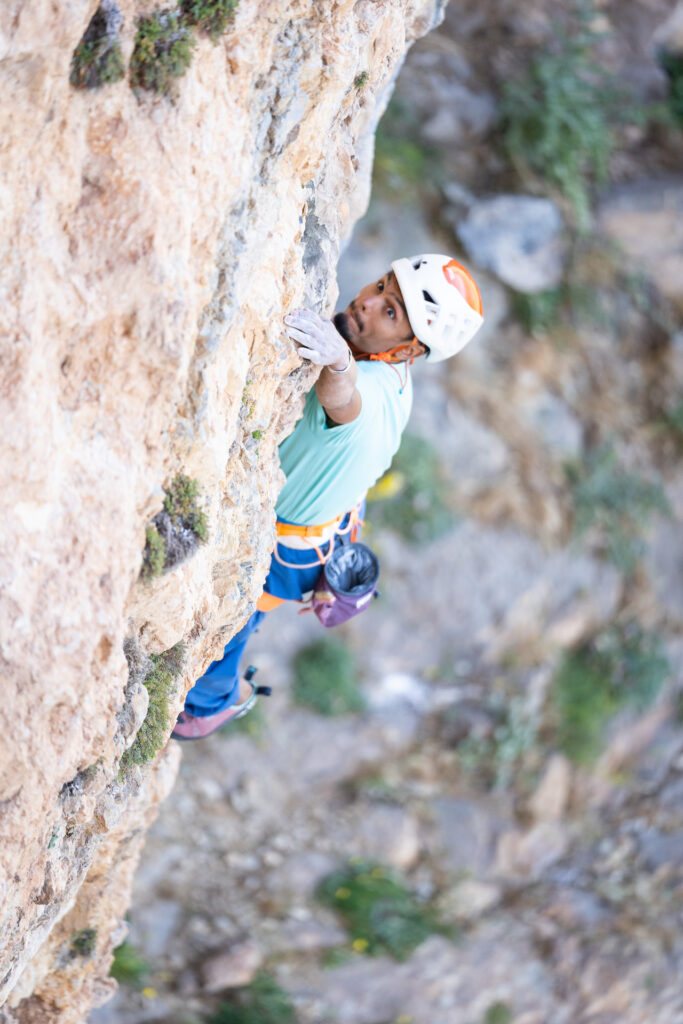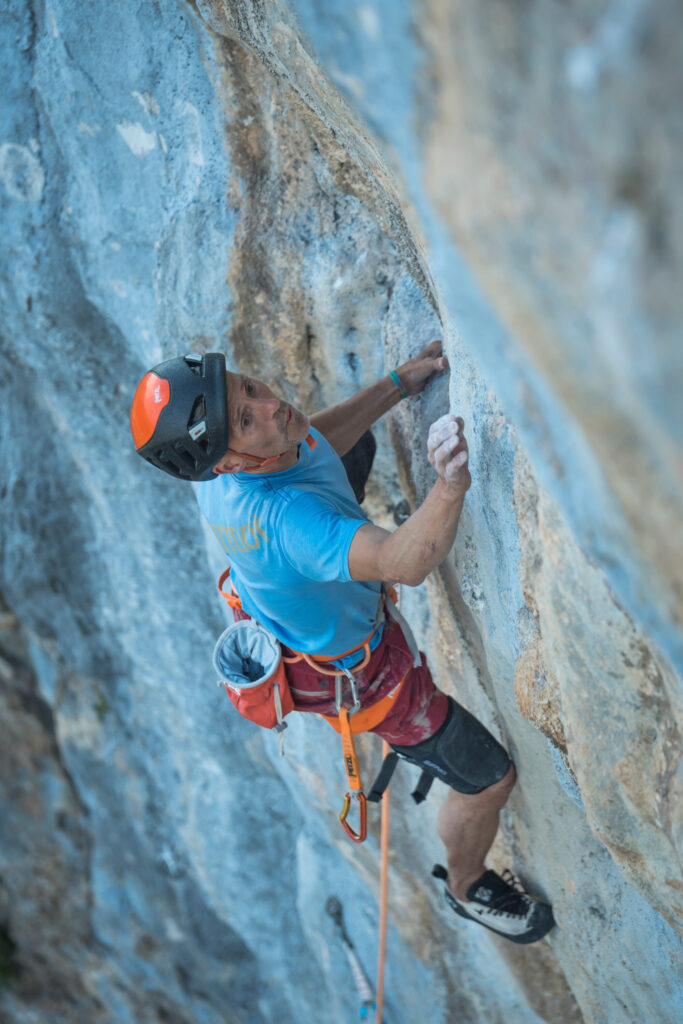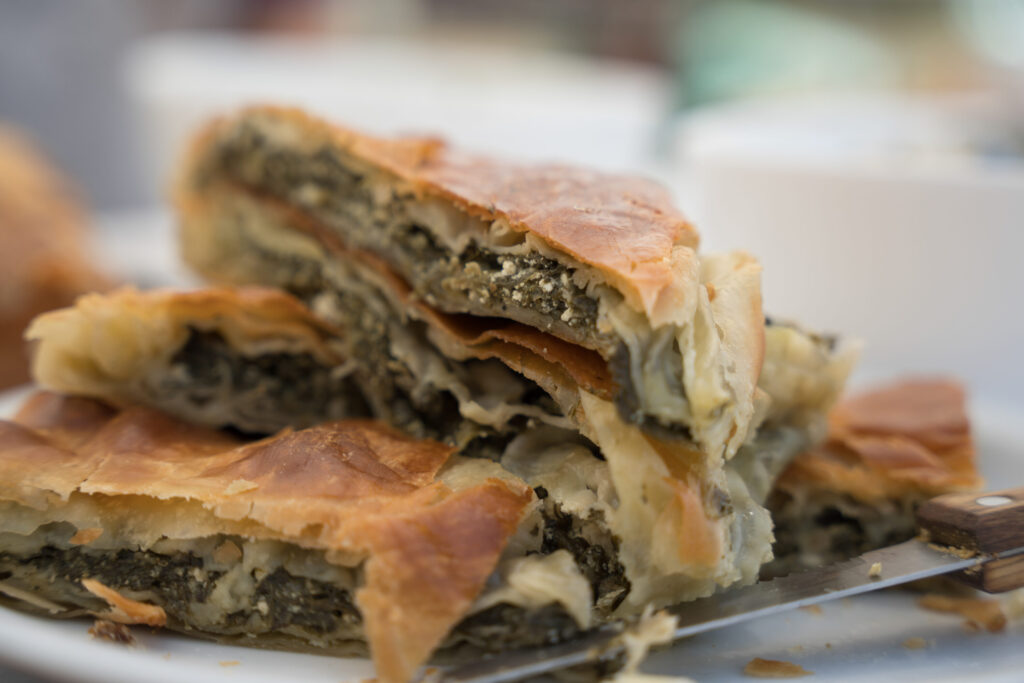Since its first visit to southern France in 2002, the Petzl RocTrip has ventured far and wide to both famed and overlooked locations in China, Canada, Turkey and Argentina to name just a few. Whether establishing new routes or attempting to ‘flash’ (climb a route on the first attempt without falling) existing test-pieces, the RocTrip offers some of the world’s strongest, most skilful climbers the opportunity to test their mettle on sport crags the world over.
The storied events give the rest of us a taste of the climbing and culture of the area, whilst Petzl work closely within the surroundings to establish and maintain positive, mutually beneficial relationships between climbers and communities.
Now in its second decade, after an eight year hiatus, this year the event graced the limestone faces of the quintessentially Mediterranean village of Manikia on the Greek island of Evia. Climber, Mountaineer and BASE Collective member, Tom Livingstone, joined his Petzl teammates in Manikia, enjoying not only the sun, sea and ‘sends’, but a deeper understanding of the sustainability of climbing tourism too. This story first appeared in BASE issue 08.

Cédric Lachat belays Dave Graham at the North Face sector – Manikia, Greece © Petzl / Marc Daviet
Like most days, I took a quick dip in the Mediterranean before starting the 30 minute drive towards Manikia. The road twists and turns through small villages before finally, the road gains altitude, climbing into a wide valley, where the village sits at the top.
Here, there isn’t the industrial feel of Leonidio with its polytunnels, farms and tractors, or the impressive views of the Grande Grotta like in Kalymnos; I got the impression of something altogether different. Manikia is quiet, almost forgotten. It feels like discovering a secret.
I drive on, and as the cliffs in the distance grow, so does my excitement.
The first route in Manikia was bolted in 1995 by an Athenian named Dionisis Stravogenis. He decided to bolt a line ‘to see what climbing was all about.’ I don’t know what inspired him, but I’m glad it did!
It wasn’t until 2005, though, that the first sector appeared. Locals developed Dragonera, one of the most visible and impressive crags in the area. The rock in the cave is a striking burnt red, with tufa blobs dripping from the walls and roofs. Despite looking improbable, on closer inspection there are plenty of holds – as I would later discover.
In 2019, visiting French climbers opened several sectors, and Manikia became close to what it resembles today. The region however remained quiet and seldom visited. In the village itself, old men sat outside the only bar, most youngsters from the region have relocated to nearby cities. The prospects of the residents in the valley weren’t optimistic.
Over the last two years, the RocTrip team has worked with residents of the Manikia region to set up a long-lasting, non-governmental association to manage what’s become known as the Manikia Project – a collection of about 40 locals aiming to continue the development of climbing, trekking and mountain biking in the area. It also handles the continuous maintenance and improvement of the climbing infrastructure.
The concept of the event is simple: find an interesting sport climbing destination, add climbers from all walks of life and enjoy a festival with routes, superstars and parties. Over the year’s it has been to France, the U.S, the Balkans, Argentina and China and now here: Manikia – nestled on the sleepy Greek island of Evia, a few hours north of Athens.
But this time there was an added twist. The aim was to leave something long-lasting and sustainable, which locals and climbers from around the world could both benefit from. They revived and encouraged development of a sport climbing destination which was already known but rarely visited. Local Greeks welcomed the tourism, bringing life to a quietly dwindling village and organisers put an emphasis on reducing the event’s environmental impact.
‘We didn’t want to encourage or participate in just flying thousands of people to visit this region for a weekend,’ explains Manu Moreau, one of the RocTrip organisers. ‘We wanted to inspire them to visit for longer, to return and stay in the coming years.’
It was great to see something for everyone at this year’s event. Throughout the festival there were clinics open to all, covering sport climbing, canyoning, deep-water soloing, bolting a route, wilderness camping, and a night in a portaledge. Evening presentations illustrated paraclimbing, bolting, and the bird ban which was temporarily in place for some sectors (rare and protected eagles nest in the ‘North Face’ and ‘Canyon’ areas so climbing is not allowed there between January and June).
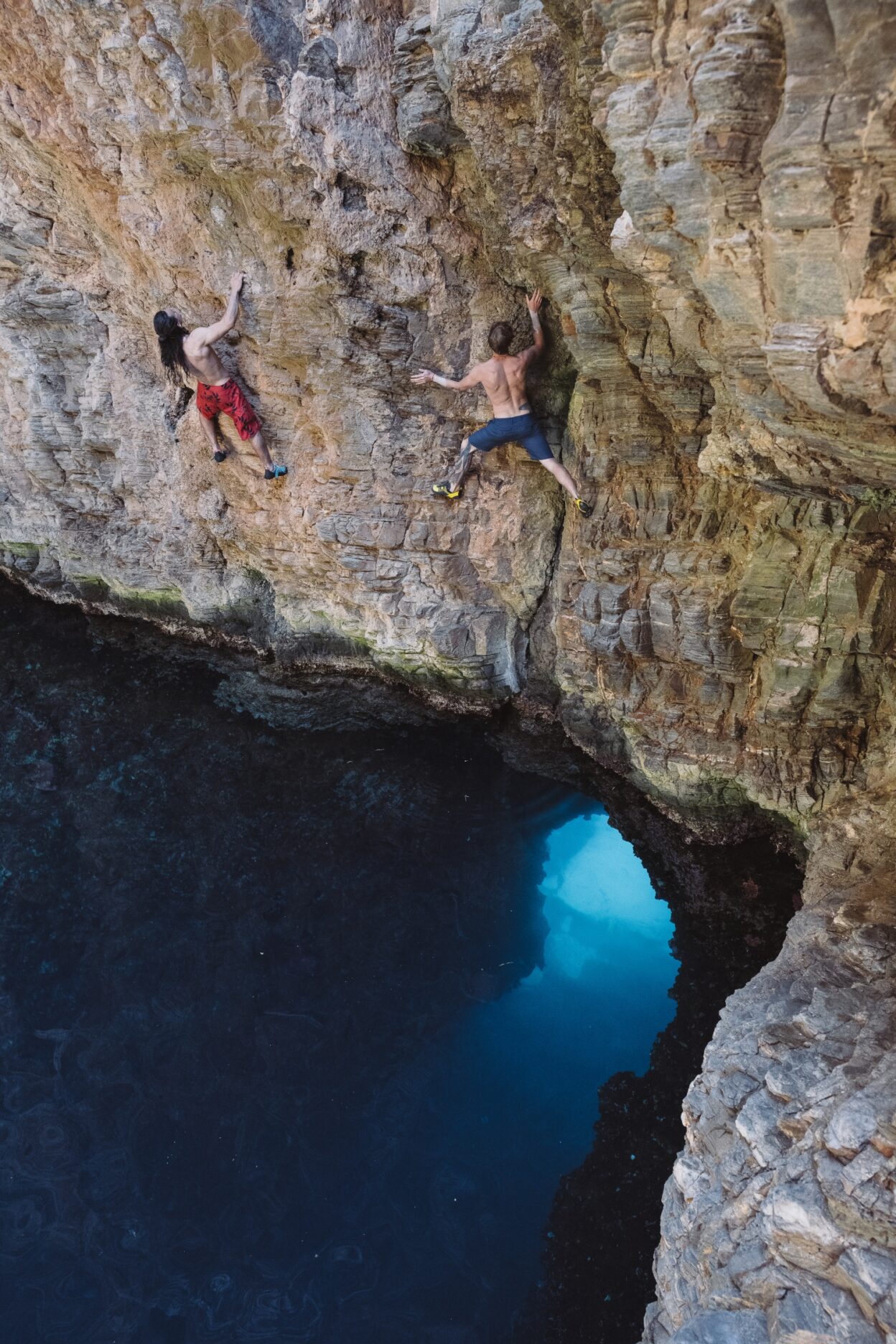
Conveniently close to the coast for hotter days, you can find deep water soloing spots like this under an hour away from Manikia. © Petzl / Marc Daviet
Manikia is quiet, almost forgotten. It feels like discovering a secret
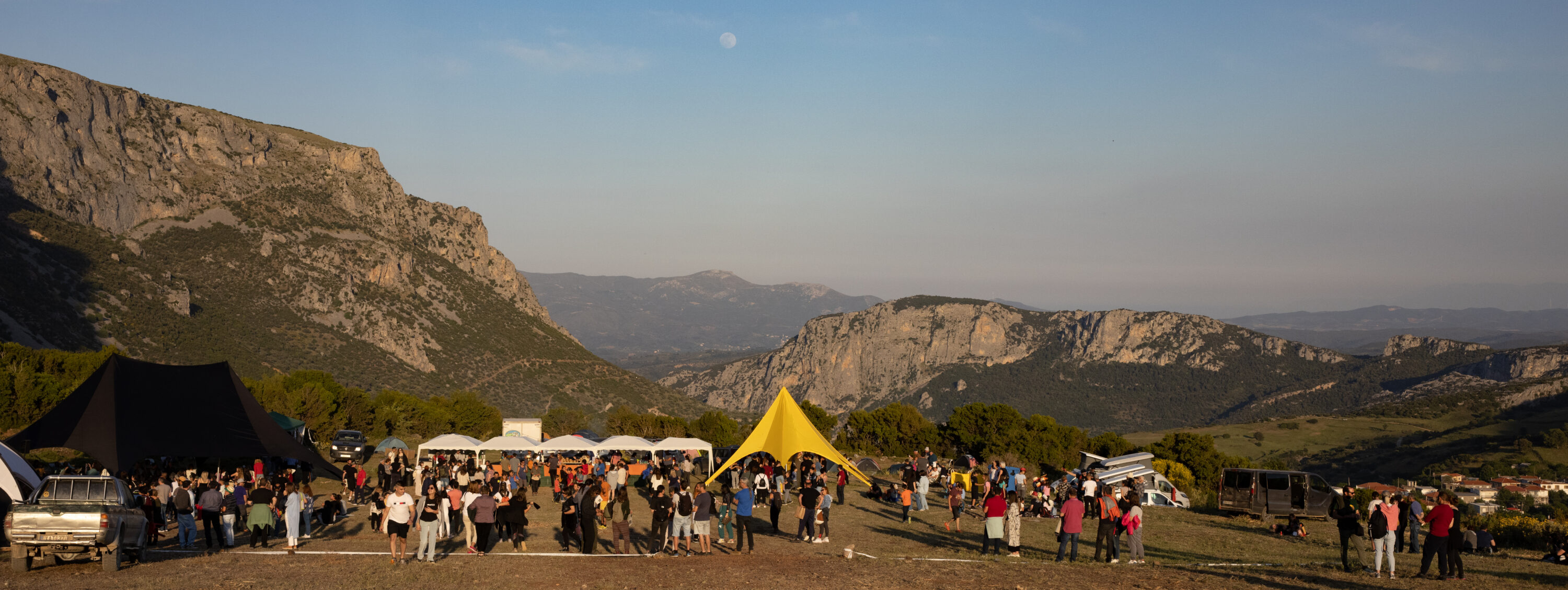
The Petzl basecamp, perched above the village of Manikia © Petzl / La Fouche
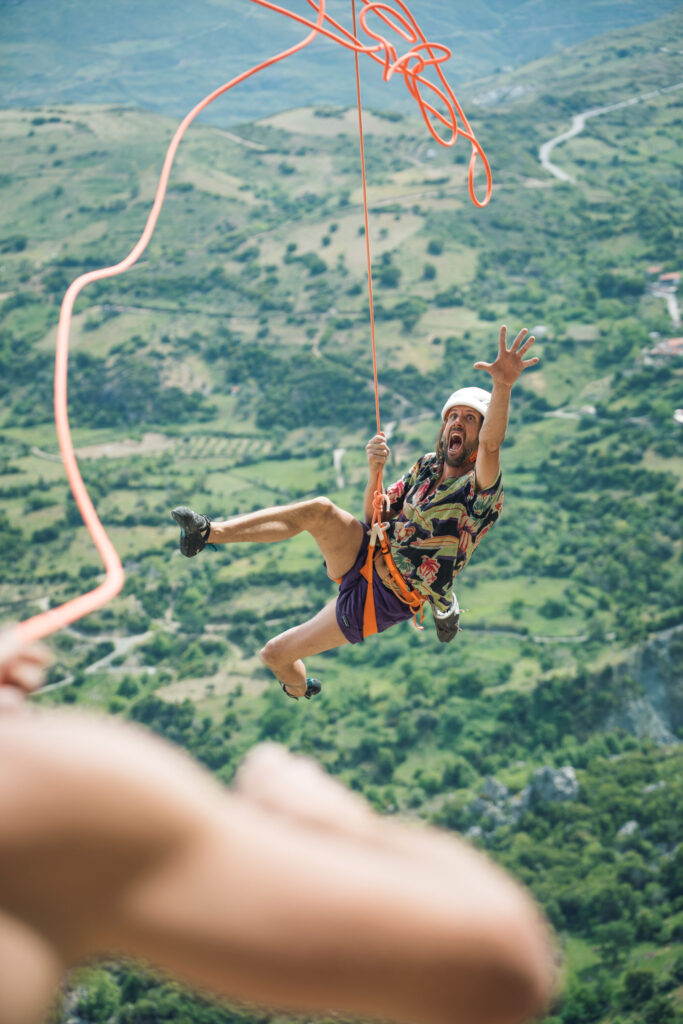
Nico Favresse trying to get back to the ledge after climbing one of Manikia’s steeper routes. © Petzl / Jan Novak
What a blast! Camaraderie like that doesn’t come along very often. Now back home in Sheffield, I feel I was part of something very special indeed
Now Manikia has over 700 routes from 4c to 9a; combine this with a reliable, pleasant year-round climate and you have a destination which I’m sure will soon be on every sport climber’s radar. The routes are mostly brand new, so there’s no polish and the limestone is sharp and grippy. There are giant, pumpy routes where you carry 20 quickdraws and swing between tufas – with plenty of knee bar rests (a European-style climber at heart, this is the style I enjoy the most – something to do with the amount of rests perhaps).
‘We have visited other areas, like Leonidio and Kalymnos, to understand what climbing can bring,’ tells Kostas Argiris, chairman of the Manikia Project association. ‘We have had the opportunity to speak with others, listen to what they say, and improve the Manikia project. We can bring climbers to the area, share routes with them, and provide tourist services. Petzl became our partners, helping us to understand the best way to develop the region. It’s a beautiful island, with the sea, hills, and nature all around. We have great weather, mountains, canyons, beaches, rivers… and very good climbing!’
In Manikia, the climbing is split into five major sectors: Mpougazi, Upper Valley, Lower Valley, Canyon and North Face. Teaming up with friendly locals and wads for the day, we headed to ‘Dragonera.’ A ten-minute sweaty walk-in saw us at the base, craning our necks at the frozen wave of rock. Being May, the temperatures were high, so we chased the shade. It was great to see climbers of all levels getting advice from Anak Verhoeven, Benjamin Bouissou, Symon Welfringer and Federica Mingolla during their clinic; the crag was busy but the atmosphere was friendly with everybody giving it their hardest efforts.
We should keep an eye on the young Greek climbing scene. Several schools near Manikia hope to build small climbing walls for the children. Other local area actions (such as footpath renovation, updating the guidebook and bolting) are also part of the Project. To avoid competition and to distribute benefits, actions are shared amongst the nearby villages.
After our day’s climbing, we return to the basecamp field. We feast on fresh tomatoes, feta and moussaka. Meeting good friends and making new ones, we share our impressions of the day and recommended routes, miming moves in the air and laughing at our falls. The cleared area of basecamp would soon become a car park for nearby sectors like Kentro and Bal con, but for now we danced crux sequences in the dust. The clearing of vegetation leaves it up to the Manikia Project to make something of this area… or let it grow back into shrub land.
‘I’ve been to a lot of Petzl RocTrips over the years, nearly all of them, and this one has been the best!’ says Steve McClure. ‘As with all Petzl trips, the underlying principle has been to bring people together, and this time they really nailed it. Perhaps it’s been the last few years, but everyone was just so happy to connect and share. And the Creative Onsight concept; what a blast! Camaraderie like that doesn’t come along very often. Now back home in Sheffield, I feel I was part of something very special indeed.’
The band begins to play at dusk. Shorts and shirts are covered by down jackets and trousers in the cool air of the night. Local beer and souvlakis keep coming throughout the night, climbers of all nationalities dancing side by side under the stars. As Sunday morning dawns and the church bells of Manikia peeled, there are still a few characters enjoying the festive vibes!
With the setting sun on my back, as the festival wraps to a close, I take stock. To my right lies the terracotta roofs of the village, opposite, grey and yellow limestone cliffs drip with tufas. Greek locals and international climbers smile and swap stories over bowls laden with feta and tomatoes.
Climbing tourism is interesting – just think of Kalymnos or Leonidio before they were world-famous destinations. For decades, they were quiet, relatively poor areas, with ageing populations. Now, they welcome tens of thousands of climbers every year with hotels, bars, restaurants and gear shops. Youngsters see the benefits of tourism and an outdoor lifestyle. But of course there’s another side to all this development: severe environmental and wildlife degradation, combined with resentment from nearby regions which don’t reap the same benefits.
I’m curious as to how Manikia will change in the coming years, should climbers continue to visit. I hope the locals will remain friendly and welcoming, and not put off by the development. I expect there will soon be places for people to camp, park their vans, or rent apartments (but these facilities need maintenance and to be treated with respect; from Siurana to Céüse, popular destinations have had to build toilets and bring fresh water to parking areas – but usually at a small daily fee to climbers). I hope the access arrangements continue and people respect the bird bans here. Time will tell and although there might be some growing pains, I’m optimistic.
Don’t miss a single adventure
Sign up to our free newsletter and get a weekly BASE hit to your inbox
Other posts by this author
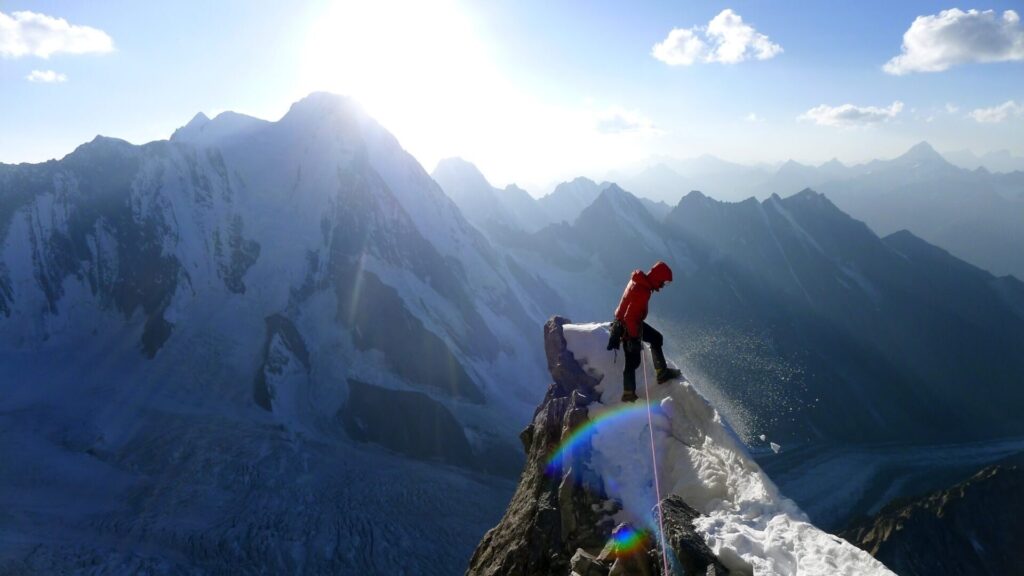
Story • Tom Livingstone • Sep 03, 2020
The Danger Zone: Risk Vs. Reward in the High Mountains
Considering the risks, what motivates us towards high alpine mountaineering?
You might also like
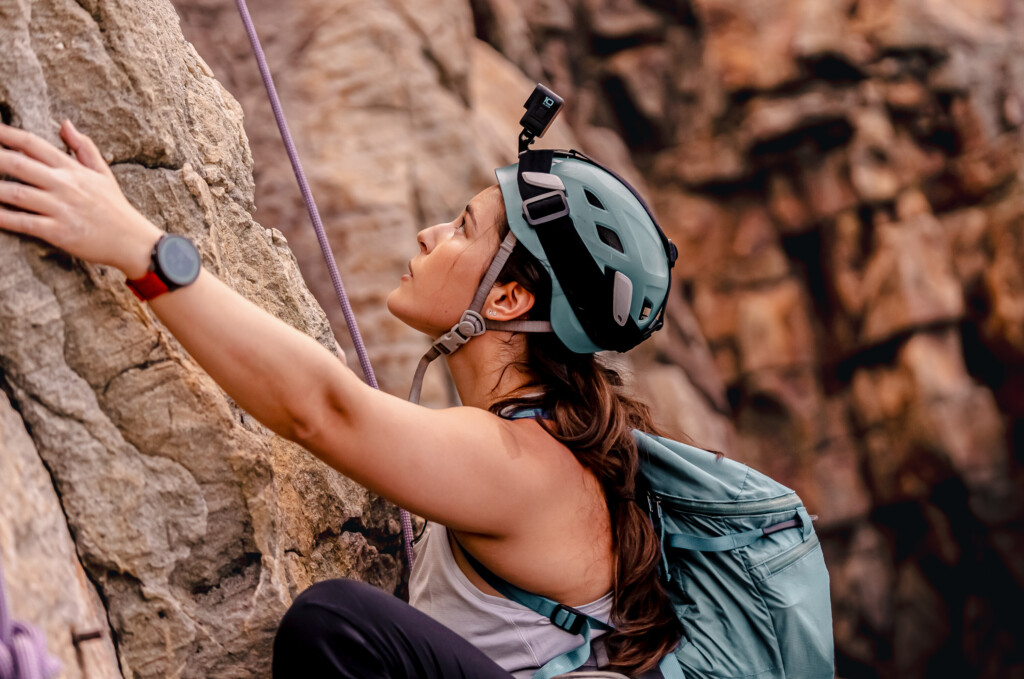
Photo Essay • BASE editorial team • Mar 18, 2024
Hunting happiness through adventure in Taiwan
BASE teams up with adventurer Sofia Jin to explore the best of Taiwan's underrated adventure scene.
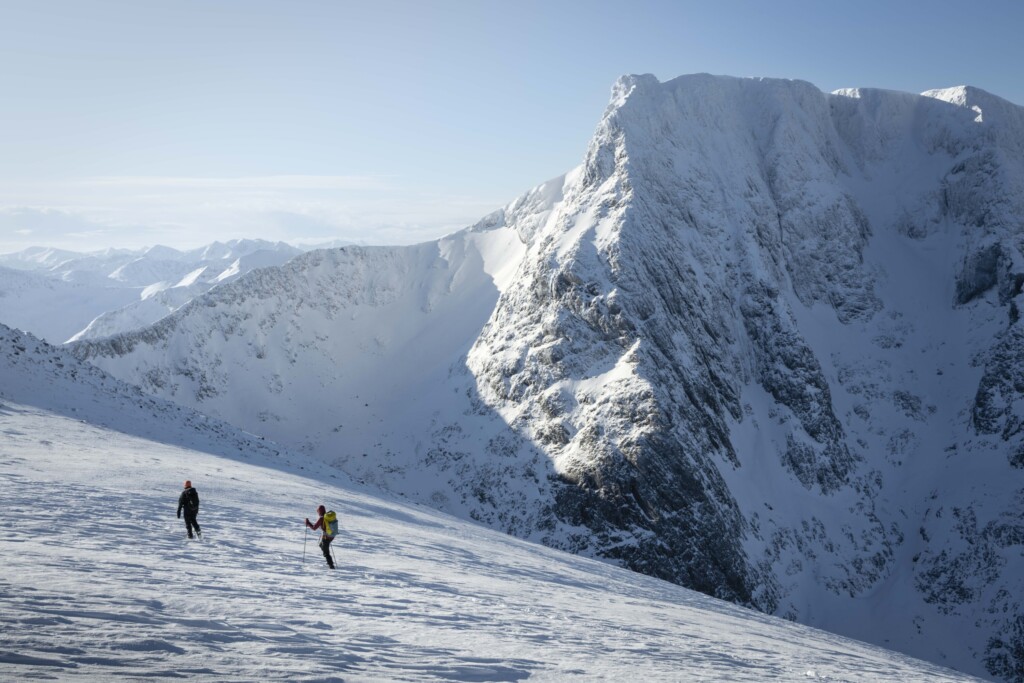
Story • BASE editorial team • Nov 21, 2023
Five Epic UK Climbs You Should Try This Winter
Craving a snowy mountain adventure? Inspired by the Garmin Instinct 2 watch (into which you can directly plan these routes), we've compiled a list of five of the best for winter 2023-24!


Video • BASE editorial team • Jul 04, 2023
Zofia Reych On Bouldering, Life And Neurodivergence
Climbing is a driving force in Zofia's life, but for a long time, it also seemed to be a destructive one

